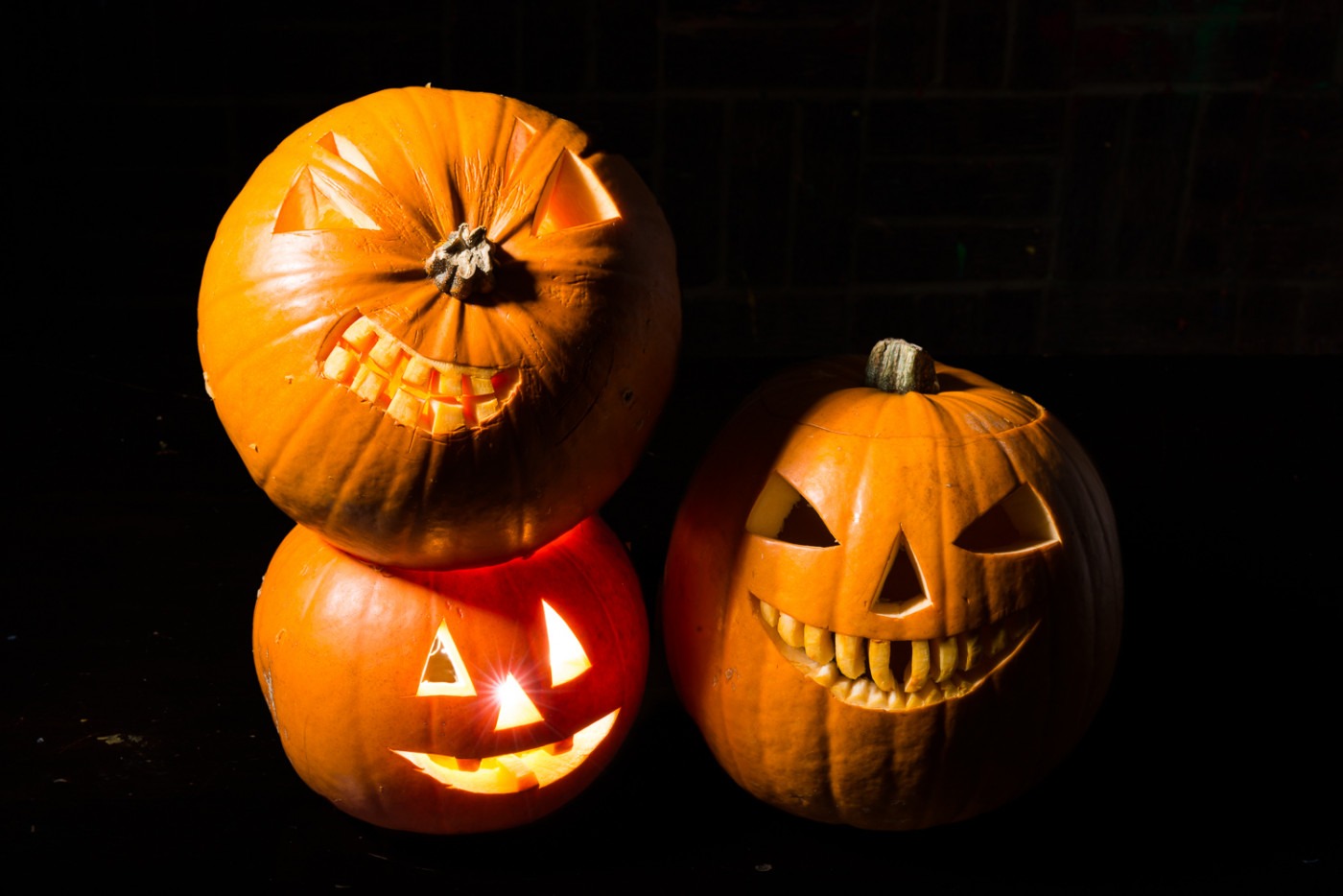The terrifying effects of Halloween
Halloween has strayed from its Christian and Pagan roots, becoming yet another baseless day of unrestrained consumerism. Gone are the days of eschatology and making peace with unearthly spirits: Spiderman costumes and off-brand confectionery are here to stay. Of course, like any other holiday, it causes an increase in spending in numerous sectors, leading consumers worldwide to spend billions on the celebration. This begs the question: how does the economy react to the spookiest of all the holidays?
In the past, Halloween was a consistent boost to the economy. Buyers got sweets and a good time, businesses got the cash and a little extra in Q4, and it also created jobs for workers. It was a win-win situation for everyone, or so it seems. As a holiday, it is uniquely profitable. It can sell new costumes every year to children who grow out of their old ones. It provides sweets and chocolate in numbers large enough to tempt even the most saccharine-averse investor. Chocolate sales usually peak within the winter and autumn months, when more people spend money on confectioneries. This year’s festivities, however, coincide with a strange inflation of the costs of chocolates.
As we’ve all read our economists, we know that that is partially due to the law of supply and demand, but could this also be something more sinister? The success of confectionery companies around the holiday also coincides with subtle changes in pricing, often at the expense of the consumer. Inflation has been hitting chocolate hard this year, with Sainsbury’s No Added Sugar Milk Chocolate doubling in price between the three months leading up to August 2023 and the same period this year.
‘Greedflation’ is a term used to describe how companies hike prices up far above what increases in input costs would need them to, allowing the company to rake in record profits. Companies like Shell and Kraft Heinz both managed to reap more profit than in previous years under the guise of accounting for inflation. This is bad for the consumer, who, more than anything, wants quality goods for the cheapest price. In-house economists from the Bank of England found that the top 10% of firms were making meagre profit margins, on average below 20% in 2005, and now that average has risen to a whopping 28%.
Maybe the scariest thing this Halloween may not be ghouls, ghosts, or goblins, but the bill at the end of it
This year’s Halloween has been ravaged by such a malady. Everything that Halloween now stands for is backed by some sort of commerce or company.
Costumes, confectionary, decorations, alcohol, and all the bells and whistles that are usually part of the holiday are all affected by the current economic trends, and for the first time, the average American household spends more than $100 (£76.50) on Halloween per year. People are paying more money for fewer products due to shrinkflation, greedflation, and inflation. Mars, the multinational manufacturer, shrunk Maltesers, M&Ms, and Minstrels between 2016 and 2017 to maintain their profit margins. On the sweet road of selling chocolate, it seems you have to make some bitter decisions for the good of the company.
It isn’t all dismal. People still enjoy Halloween, but it is not looking good for the consumers of the future, where these practices will be more commonplace. Unlike many consumer products, the degree to which Halloween is ingrained into our cultural world means that it is unlikely that one can avoid falling prey to capitalistic practices by ignoring them. Its ubiquity has left it prominent as a regular secular holiday available for most. So maybe the scariest thing this Halloween may not be ghouls, ghosts, or goblins, but the bill at the end of it.

Comments